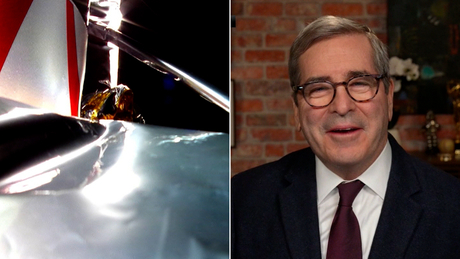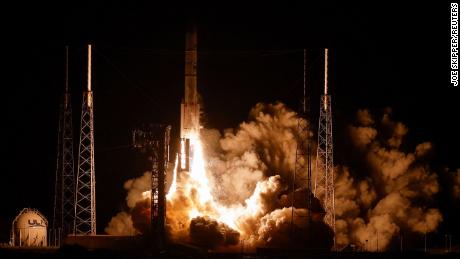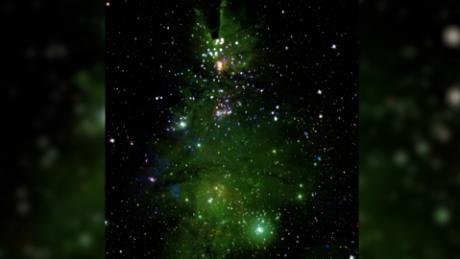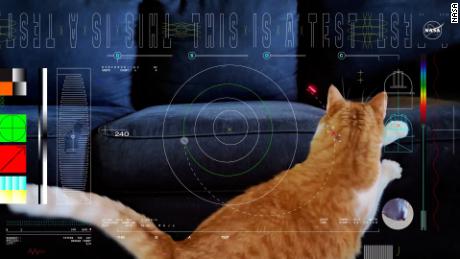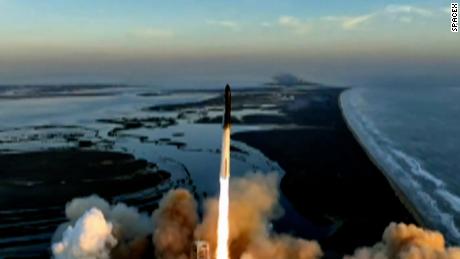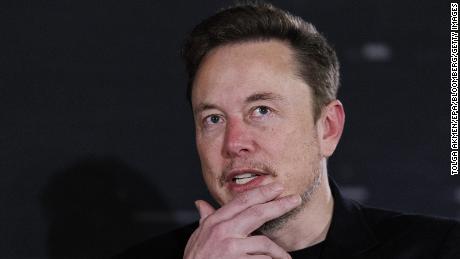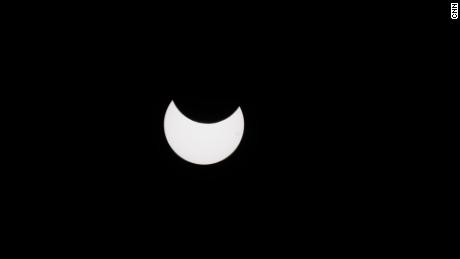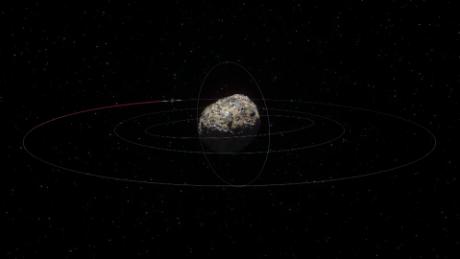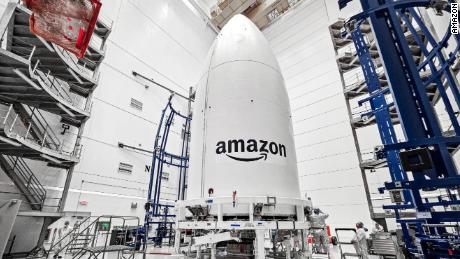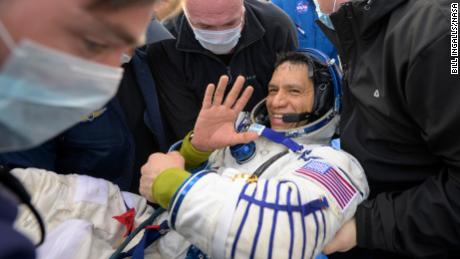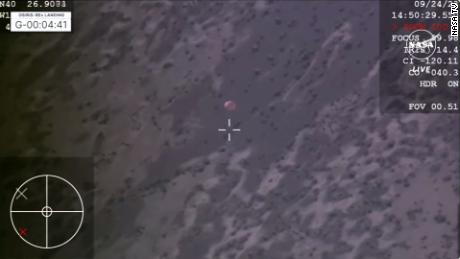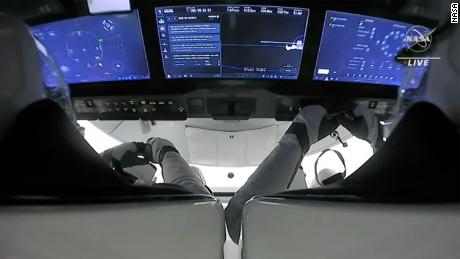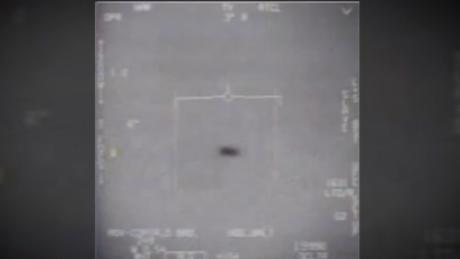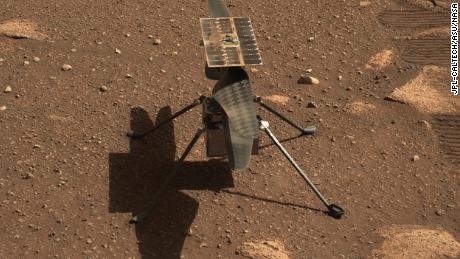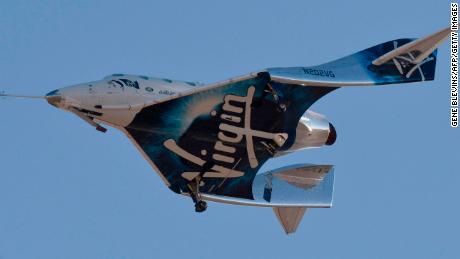Austin, Texas (CNN Business)Virgin Galactic's supersonic rocket plane was scheduled to fire into the upper atmosphere Saturday, but after climbing more than 40,000 feet over New Mexico attached to its mothership, the space plane made an unexpected turn toward home rather than shooting skyward.
The company confirmed that the space plane, which was carrying test pilots CJ Sturckow and Dave Mackay, safely landed.
"The ignition sequence for the rocket motor did not complete," the company said via Twitter. "Vehicle and crew are in great shape. We have several motors ready at Spaceport America. We will check the vehicle and be back to flight soon."
A follow-up statement from Virgin Galactic's recently installed CEO, Michael Colglazier, a former Disney executive, said that VSS Unity's "onboard computer that monitors the rocket motor lost connection." That triggered a "fail-safe scenario that intentionally halted ignition of the rocket motor," Colglazier said.
He added that Virgin Galactic will review the data collected during the flight and will set a re-do target date for the test flight in the "near future."
This mission was meant to be the third test flight of VSS Unity to exceed the 50-mile mark, which the US government considers to be the beginning outer space. This was also supposed to be the first rocket-powered test flight Virgin Galactic carried out in New Mexico, where a glitzy spaceport paid for by more than $200 million in mostly taxpayer money, has been waiting for nearly a decade for Virgin Galactic to move in and open for business.
If everything had gone as planned, VSS Unity would have ignited its rocket motor for a minute or longer as the vehicle swooped upward, climbing into the upper reaches of the atmosphere. But, in footage captured by space-focused publication NASASpaceflight, the engine appeared to flicker on for only a brief moment before powering off. Flight tracking software showed the vehicle then glided to a landing back at spaceport.
The company's development program has endured years of delays for a variety of reasons, including a fatal 2014 crash that killed a test pilot, technology hangups, and, more recently, the Covid-19 pandemic.
Saturday's attempted the test flight was already overdue. It was scheduled for November but Virgin Galactic delayed the mission after a surge in coronavirus cases prompted the New Mexico state government to implement new restrictions.
Virgin Galactic moved into the New Mexico facility in May 2019. The company refurbished the building to include a lounge and other amenities that ticket holders ŌĆö who so far have forked over between $200,000 to $250,000 each to reserve seats ŌĆö will be able to use before their brief journey to the edge of space.
Virgin Galactic says it has about 600 customers so far, and the company is expecting to reopen ticket sales soon. New tickets, however, are expected to be priced higher than $250,000 ŌĆö which is already more than the median home price in the United States ŌĆö when that happens.
Before then, however, Virgin Galactic says it still needs to conduct another test flight that will carry four crew members in VSS Unity's cabin. The company says it will also look to conduct its long-promised mission to carry Virgin Galactic founder Richard Branson, the 70-year-old entrepreneur, to space before beginning broader commercial operations.


